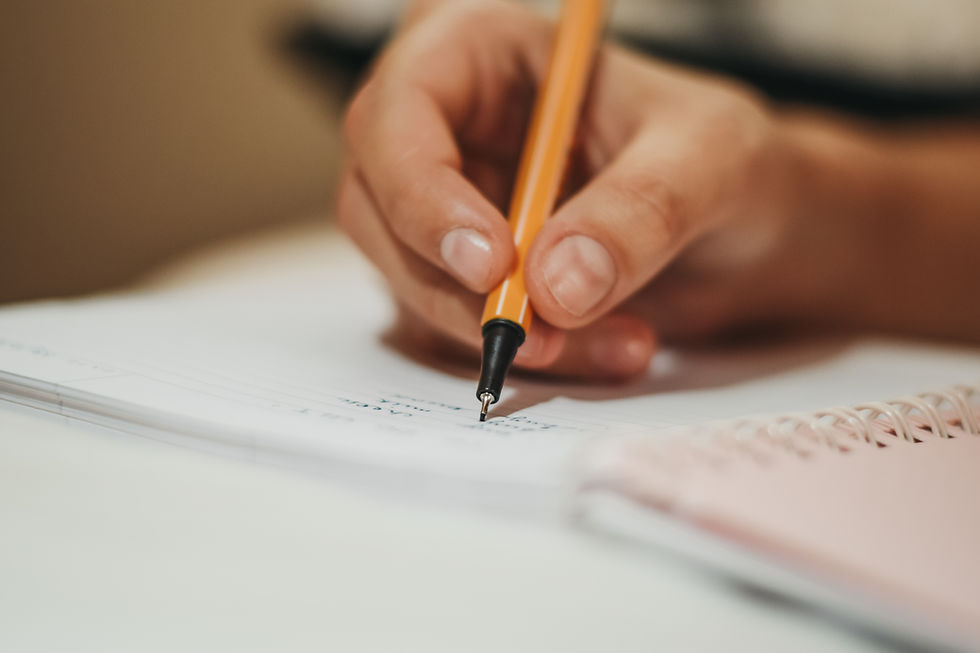The Doomsday Method: A Character-Building Technique
- Raul Ojeda
- Jul 18, 2022
- 3 min read
~Raul Ojeda
Characters are an aspect of writing anyone and everyone enjoys. If you don’t enjoy writing them, then you at least like experiencing them. They are, after all, the drivers of any story. There are more methods for developing them than there are words in your average WIP, but I have just one that’s always served me well. I call it The Doomsday Method.
What is that?
The Doomsday Method is named after the DC Comics supervillain of the same name. If you know the circumstances of his in-universe creation, then what I’m about to describe might sound familiar. It’s a simple process that doesn’t even require you to actually write, which, as writers, should be a relief. All you need is your imagination.
Basically, you take your character, which at this stage in their creation probably only has a few defining characteristics—maybe a hobby or two, some likes and dislikes, or maybe all you know about them is their part in the story—and then you throw them out into the wild.
The wild?
Yes, the wild, which in this case simply means imagining any scenario, from the funny to the grandiose, and then tossing this character in. Maybe you think up a future scene in your story in which this character will be involved, or perhaps you think of something totally unrelated, like the morning routine we readers will never see. You can, and should, even draw inspiration from your everyday life. If you’re stuck taking the bus and there’s an obnoxiously loud person in the seat behind you, imagine what your character would be like if they were sitting where you were sitting. How would they react to a stubbed toe, tripping in public, or their favourite sports team winning? Do they even have a favourite sports team? It doesn’t matter how silly or mundane this scenario of yours is, or whether your character is an average high schooler or the iron-fisted emperor of a galactic empire. It’ll all produce valuable results.
Well, what comes after that?
After you’re done with that scenario, you analyze your character. Question them. Note it all down for later.
What did they do?
What didn’t they do?
How did they do it?
Will I ever even incorporate this into my story?
That last question is probably the least important, because it doesn’t matter if this ever makes it onto the final draft. What matters is that your character is now slightly stronger for having been poked and prodded at, thrown out into the wild to fend for themself. In fact, putting your characters in situations we’ll never even see them in is all the better, because it helps flesh out those tiniest of nuances in their writing. Then, with that done, you throw them out there again to start the process all over again.
One Final Note…
I’m always thinking about characters—mostly my own. That’s why I enjoy this method so much. It doesn’t matter what I’m doing; I can always imagine one of them in that same situation and come away having learned something new about them, or simply immerse myself in something more exciting than the humdrum of whatever work I’m doing at that moment. It’s a fun way to pass the time. Who doesn’t like to daydream? Give it a try, and don’t be too proud to stick your super serious, brooding anti-hero in an embarrassing social situation or two. They’ll thank you later when they’re a strong, well-developed character.








Comments